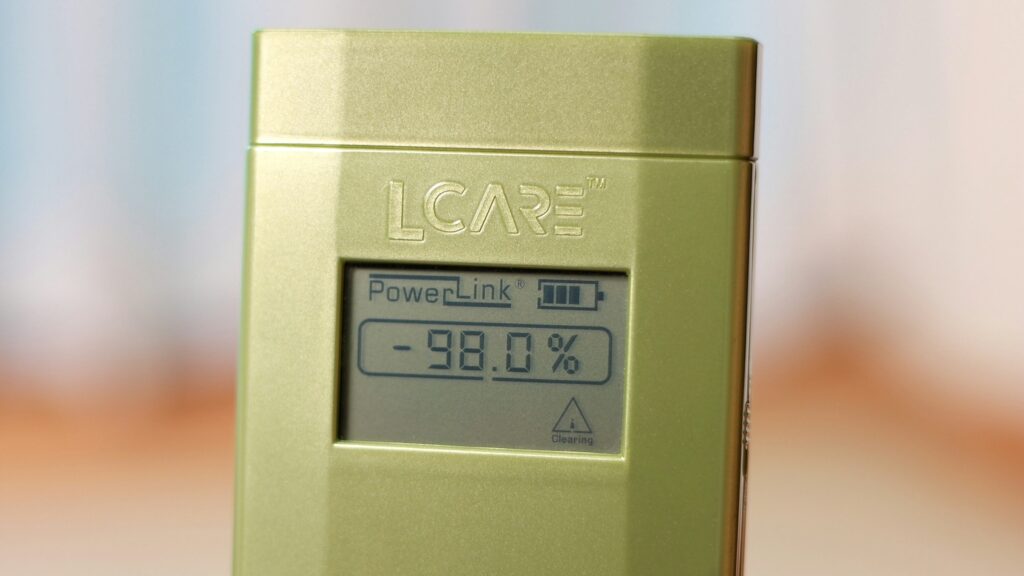Why Thermal Management is Non Negotiable in 2026
Edge devices aren’t sitting in climate controlled server rooms. They’re on factory floors, roadside cabinets, offshore rigs pushed as close to the action as possible. That shift brings serious heat. Literally.
As compute demands rise, so do thermal loads. Whether it’s AI inference at the edge or continuous wireless communication, the hardware is working harder and hotter. High temperatures aren’t just a nuisance they throttle performance, shorten component lifespan, and can trigger total system shutdowns. Especially in remote or constrained environments, there’s no room for guesswork.
The fix isn’t always active cooling. Space and power limitations mean passive thermal design plays a bigger role than ever. Enclosures, material choices, heat sink geometry, airflow planning it all adds up. For edge deployments, building in robust thermal management early on is the difference between a smart device running reliably in the field or dying in six months.
Thermal planning isn’t glamorous, but now it’s mission critical.
Key Sources of Heat in Edge Computing
The demands on edge devices have leveled up and with them, so has the heat. Start with the hardware: high performance microcontrollers and SoCs are now pushed harder and longer. They’re running sustained compute loads that used to live in the cloud. That computation doesn’t come free it generates serious thermal strain, especially in tight, poorly ventilated spaces.
Add always on wireless modules to the mix. Between 5G, Wi Fi 6E, and constant data syncing, these radios don’t sleep. They pull power 24/7, and every bit of that power eventually turns into heat. It’s constant, quiet, and relentless.
Next, the edge is doing more thinking. Onboard AI and ML inference are becoming standard, especially for vision, audio, and predictive sensing. These workloads, combined with data from increasingly dense sensor arrays, mean the system is in a near constant state of fusion processing. The thermal impact is no longer intermittent it’s always creeping.
Finally, some devices are still running on older boards not designed for this level of load. Outdated PMICs and regulators leak power and waste energy during conversion. That inefficiency spills over as heat. In edge environments, especially remote or sealed installs, this stuff adds up fast turning minor oversights into major failures.
Passive Cooling Techniques that Still Work
When active cooling isn’t practical think remote deployments, sealed enclosures, or zero maintenance environments passive methods have to do the heavy lifting. But it’s not just about slapping a heat sink somewhere and hoping for the best.
Start with optimized heat sink design. Small edge enclosures limit space, so the shape, fin density, and material choice (usually aluminum or copper) matter. Low profile or folded fin options help deal with tight real estate while still pushing heat outward efficiently.
Next up: the enclosure itself. Thermally conductive housings made from materials like die cast aluminum or engineered composites can do double duty as structural protection and heat dissipation. Pair this with internal thermal pads or spreads, and you have a solid passive backbone.
PCB layout is another stealth hero. Separating hot components, orienting copper pours for better conduction, and placing heat generating parts closer to thermal exits all boost efficiency. It’s layout with purpose thermal aware, not just space efficient.
Finally, don’t sleep on thermal interface materials (TIMs), phase change materials (PCMs), and gap fillers. These improve the thermal path between components and their sinks. They’re cheap insurance against hot spots and essential when dealing with high power SoCs or wireless modules.
None of these solutions are flashy, but they work. Passive thermal design, done right, buys long term reliability with zero moving parts.
Active Cooling When and How to Use It

When passive cooling isn’t cutting it especially in dense, high performance edge deployments active cooling steps in. Micro fans and compact blowers are now standard in industrial grade devices where airflow is critical but space is tight. These aren’t your average desktop fans; we’re talking about rugged components built to survive dust, vibration, and long hours of continuous operation.
Heat pipes and vapor chambers are also gaining ground in edge systems handling heavy inference or multi sensor fusion. They move heat away from localized hotspots fast, spreading it to areas where air or metal can carry it away more effectively. In stacked boards or sealed enclosures, these solutions give designers room to stay compact without cooking the silicon.
Smart control matters here. Today’s designs often integrate temperature sensors into the MCU, giving real time thermal feedback. That enables dynamic fan speed adjustments instead of relying on brute force max speeds. Less noise, less power draw, longer fan life.
But there’s give and take. Adding filters and dust protections helps components last longer but can choke airflow. Skip them, and you cool better but face higher maintenance. Bottom line: don’t just throw a fan in and call it good. Design around airflow paths and use smart control to extend both performance and hardware life.
The Role of Software in Managing Heat
While hardware gets most of the attention in thermal design, software plays an equally critical role especially in edge systems where processing capabilities and ventilation options may be limited.
Smarter Operating Systems for Thermal Control
Modern edge specific operating systems (OSes) and real time operating systems (RTOSes) increasingly integrate thermal management features. Two of the most commonly used strategies include:
Thermal throttling: Dynamically reduces CPU or SoC clock speed when predefined temperature thresholds are crossed in order to prevent overheating.
Task scheduling: Staggers high intensity workloads or spreads them across cores, minimizing concentrated heat buildup over time.
These tactics help extend device longevity without compromising essential functionality.
Predictive Load Management
Instead of responding to thermal events after they occur, edge systems are getting better at anticipating them. Thanks to machine learning and advanced telemetry:
Predictive algorithms forecast temperature spikes based on usage patterns and adjust performance proactively.
Load balancing mechanisms can shift workloads in anticipation of thermal stress, avoiding shutdowns or throttle penalties.
This approach keeps systems responsive while preventing unnecessary wear and tear.
Built In Thermal Feedback Loops
Many newer SoCs and microcontrollers are equipped with embedded thermal sensors. These sensors feed real time data to onboard controllers or external software tools, enabling:
Real time adjustments to processor speed, voltage levels, or cooling systems
Alert systems that can trigger failsafes, device warnings, or application level mitigation strategies
This tight feedback integration enables smarter, more energy efficient thermal control critical for high density, mission critical edge deployments.
Designing with Energy Efficiency in Mind
Energy efficiency is more than just a desirable feature it’s a core design requirement for modern edge devices. Reducing power consumption directly translates into lower thermal output and improved overall device longevity, especially in remote or battery operated applications.
Why Power Efficiency Matters
Lower power draw = less heat generated
Extended battery life for off grid or mobile deployments
Reduced risk of thermal throttling or shutdowns
Supports longer term device reliability in harsh or enclosed environments
Power Optimization Techniques
To keep energy and thermal footprints minimal, embedded engineers are adopting a range of design level strategies:
Clock Gating: Switches off portions of a circuit when not in use, minimizing unnecessary activity.
Duty Cycling: Alternates between active and low power sleep modes to conserve energy during idle periods.
Dynamic Voltage and Frequency Scaling (DVFS): Adjusts the processor’s voltage and frequency based on real time workload demands, balancing performance and efficiency.
Purpose Built AI Accelerators
As edge workloads increasingly depend on AI/ML inference, general purpose CPUs alone may not suffice. Introducing low power AI accelerators can offload compute heavy tasks while keeping energy consumption in check.
Benefits include:
Increased inference speed without significant thermal impact
Reduced stress on the main processor
Optimized operation even in thermally constrained enclosures
Learn More
For a deeper dive into optimizing embedded power usage, check out:
This guide offers actionable insights for engineers designing with both energy and thermal constraints in mind.
Final Take: Build Cool, Run Long
You can’t just slap a heat sink on late in the design process and hope for the best. Early thermal modeling is how you avoid surprises the kind that kill reliability, bump up returns, or brick devices in the field. It’s not extra work, it’s table stakes.
In edge computing, where devices are deployed in tight enclosures and unpredictable conditions, you don’t get second chances. Thermal strategy isn’t a nice to have. It’s architecture. Teams that treat it as core right alongside compute, power, and comms ship sturdier, longer lasting devices.
As edge applications boom across healthcare, industry, transportation, and infrastructure, the line between good and great hardware often comes down to thermal resilience. The devices that last are designed cool from the start. Everything else ends up getting hot and replaced.
